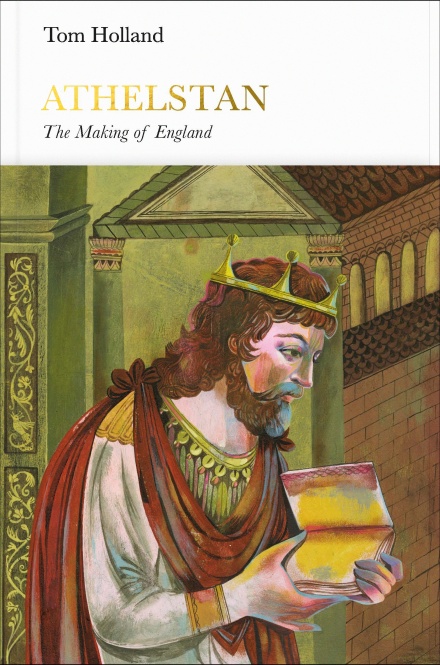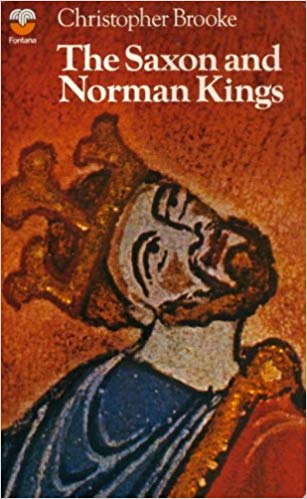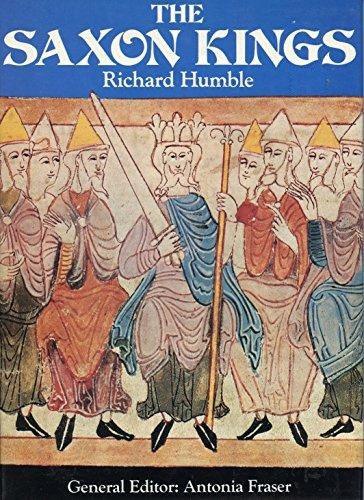
Tom Holland’s name is one that typically I associate with histories of the ancient Greek and Roman world written for a popular audience. Because of this, I was a little surprised when I first saw that he was writing a volume on Æthelstan for the “Penguin Monarchs” series, as it seemed a little outside of his scholarly bailiwick. My curiosity about his contribution grew while reading my earlier selections on the Anglo-Saxon monarchy and Sarah Foot’s biography on the king. Given what they wrote about him, I wondered what insights a scholar of ancient history might offer into Æthelstan’s life and career.
As I was reading his short book, I began to appreciate why the series’ editors selected Holland to write it. His writing contains more than a degree of flair, as instead of simply describing events he uses his prose to bring the past to life. Yet while occasionally it can border on cliché, Holland never strays from his material into imaginative reconstruction. The result is enjoyable in a way that doesn’t strain a reader’s credulity.
Holland’s scholarly faithfulness, though, forces him to address the same problem facing the other authors, which was how to write about Æthelstan with the limited resources available. His solution is similar to Humble’s, as he fits Æthelstan’s life within the history of 9th and 10th century Wessex. While Æthelstan disappears from Holland’s early pages, this decision helps him to explain the world in which Æthelstan grew up, showing what he inherited and clarifying what he built. Though his narrative lacks many of the insights that Foot’s more analytical approach provides, it provides a coherently chronological account of Æthelstan’s life that is not just informative but engaging as well.
Nevertheless, there is only so much that even a historian of Holland’s skills can achieve with his limited sources. While his book helps to situate Æthelstan’s achievement within the context of the realm-building undertaken by the House of Wessex during these decades, Æthelstan remains stubbornly elusive as a person. Here again Holland stops short of overt speculation, but the absence is a little incongruous in such a fluid and evocative text. In this respect, Holland simply underscores the basic problem facing any author attempting to write about the first king of England. While he succeeds in writing about Anglo-Saxon England in a way that brings the era to life, to do so for the person at the center of his book may well be impossible with the materials available to us. What he does offer is a great short introduction to Æthelstan that explains how he came to dominate England, but one that can only offer so much about who the king was, showing how he is a person who can elude even the most creative of historians.




